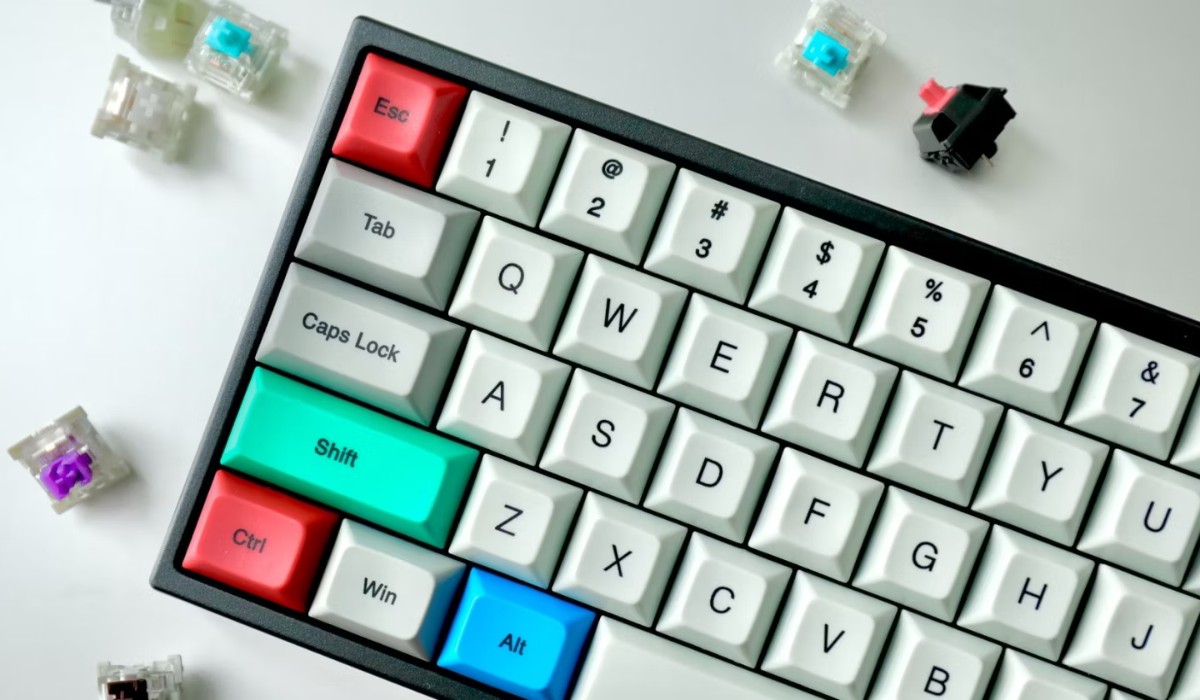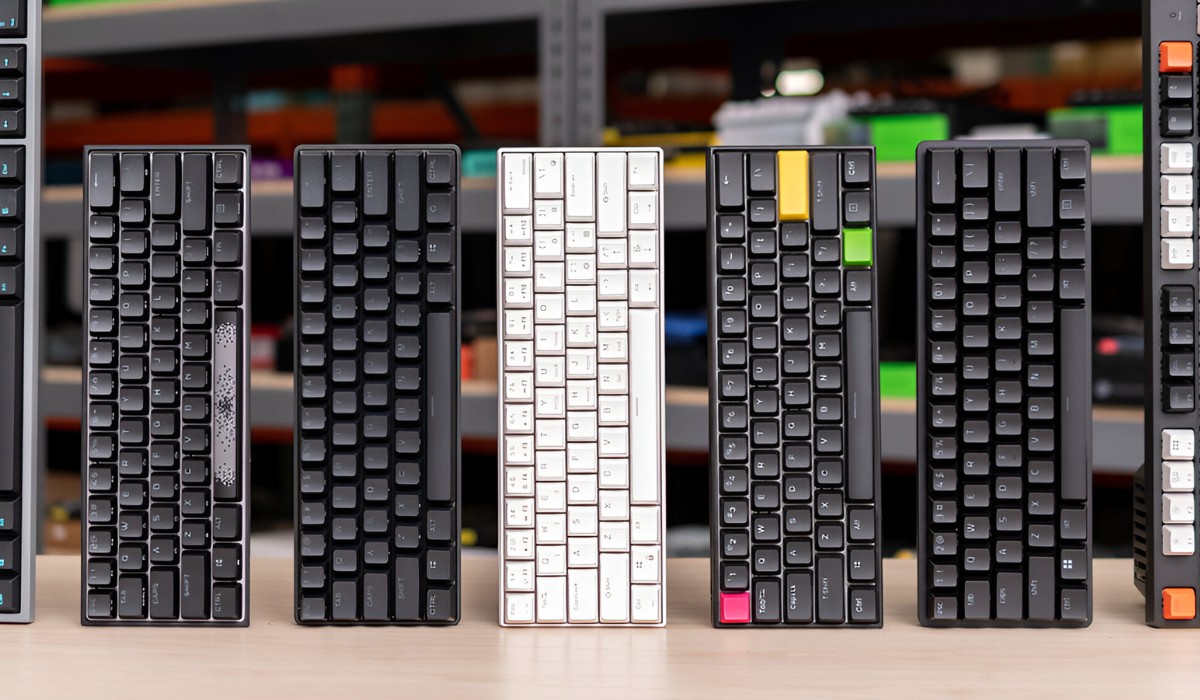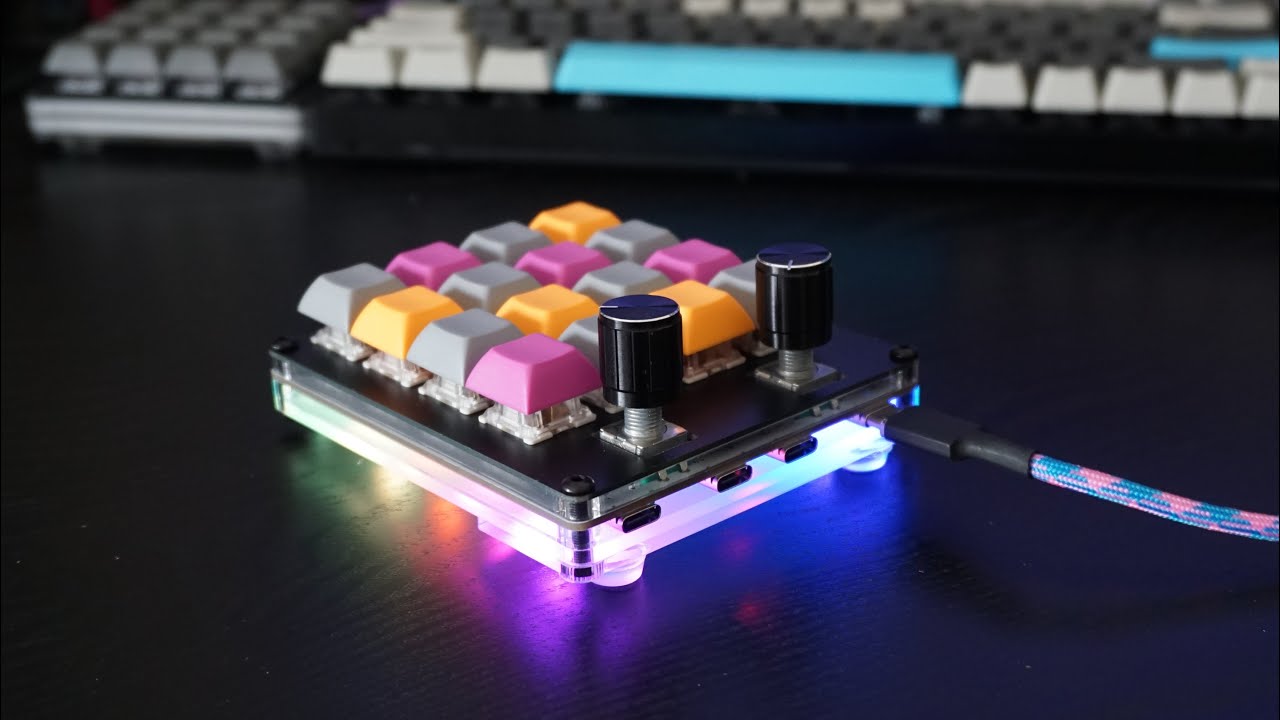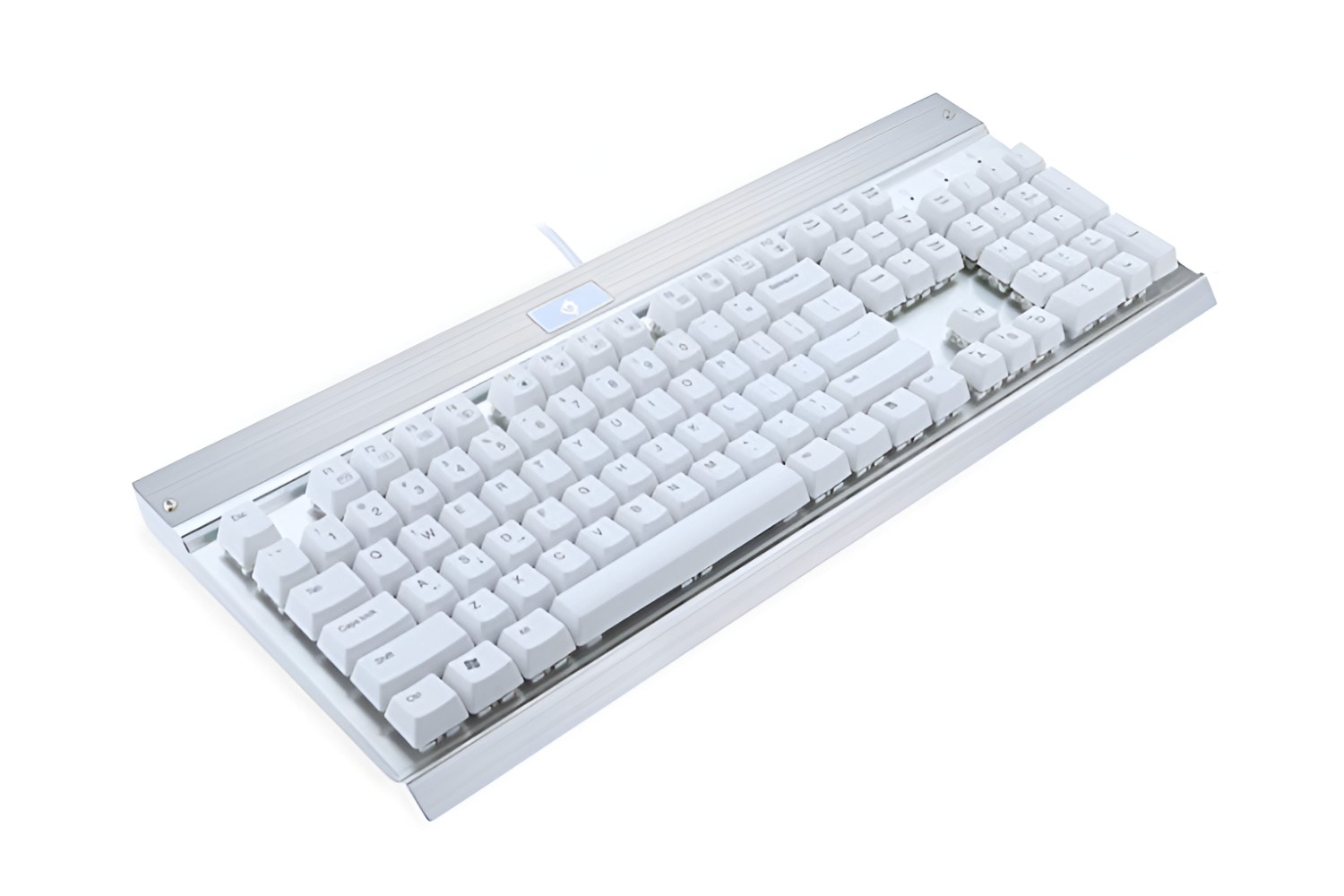Introduction
When it comes to computer peripherals, the keyboard is an essential tool for many individuals. For those who spend a significant amount of time typing, whether for work or leisure, the keyboard becomes an integral part of their daily routine. Mechanical keyboards, in particular, have gained popularity due to their durability, tactile feedback, and overall typing experience. However, like all devices, mechanical keyboards are subject to wear and tear over time. This raises the question: how frequently do I need to change a mechanical keyboard?
Understanding the lifespan of a mechanical keyboard involves considering various factors, including the quality of its construction, the type of switches used, and the user's typing habits. Additionally, recognizing the signs that indicate a mechanical keyboard needs to be replaced is crucial for maintaining an efficient and comfortable typing experience. By examining these elements, individuals can determine how often they should consider replacing their mechanical keyboards, ensuring optimal performance and longevity.
In this article, we will delve into the factors that affect the lifespan of a mechanical keyboard, identify the signs that indicate it may need to be changed, and provide insights into determining the ideal frequency for replacing a mechanical keyboard. Whether you are an avid typist, a professional gamer, or simply someone who values a reliable keyboard, understanding the nuances of mechanical keyboard longevity can help you make informed decisions about when to upgrade your trusty input device. Let's explore the world of mechanical keyboards and uncover the secrets to maximizing their lifespan.
Factors Affecting Keyboard Lifespan
Several key factors play a significant role in determining the lifespan of a mechanical keyboard. Understanding these factors can provide valuable insights into how long a keyboard can be expected to perform optimally. Here are the primary elements that influence the longevity of a mechanical keyboard:
- Build Quality: The construction and materials used in a mechanical keyboard greatly impact its durability. Keyboards constructed with high-quality materials, such as aluminum or sturdy ABS plastic, are likely to withstand extensive use and last longer than those made with lower-grade materials.
- Switch Type: The type of switches used in a mechanical keyboard is a crucial determinant of its lifespan. Different switch variants, such as Cherry MX, Gateron, or Kailh, offer varying levels of durability and tactile feedback. Some switches are rated for a higher number of keystrokes, indicating their longevity. For instance, Cherry MX switches are often rated for 50 million keystrokes, while others may have different ratings.
- Typing Habits: How a keyboard is used also affects its lifespan. Individuals who type vigorously, apply excessive force on the keys, or frequently engage in intense gaming sessions may subject their keyboards to more wear and tear. Conversely, users with gentler typing habits are likely to prolong the lifespan of their mechanical keyboards.
- Maintenance: Proper maintenance and care can significantly extend the lifespan of a mechanical keyboard. Regular cleaning, avoiding liquid spills, and protecting the keyboard from physical damage can help preserve its functionality and appearance over time.
- Environmental Factors: The environment in which a keyboard is used can impact its longevity. Exposure to dust, humidity, and extreme temperatures may accelerate wear on the keyboard’s components, potentially shortening its lifespan.
By considering these factors, keyboard users can gain a better understanding of the expected lifespan of their mechanical keyboards. Additionally, being mindful of these elements can guide users in making informed decisions regarding the maintenance and potential replacement of their beloved input devices.
Signs That Your Mechanical Keyboard Needs to be Changed
Recognizing the signs that indicate a mechanical keyboard is reaching the end of its lifespan is essential for maintaining an efficient and comfortable typing experience. Here are several common indicators that suggest it may be time to consider replacing a mechanical keyboard:
- Key Chatter: Key chatter, or the occurrence of multiple keystrokes registering from a single key press, is a common sign of switch degradation. When a key starts to produce unintended duplicate characters or fails to register keystrokes consistently, it may be indicative of worn-out switches that require replacement.
- Inconsistent Tactile Feedback: Mechanical keyboards are prized for their tactile feedback, which provides a satisfying sensation with each key press. If the tactile feedback becomes inconsistent or diminishes over time, it may signify that the switches are wearing out and no longer delivering the desired typing experience.
- Sticky or Unresponsive Keys: Keys that feel sticky, require excessive force to actuate, or become unresponsive are clear indicators of deteriorating switch performance. These issues can impede typing speed and accuracy, leading to frustration and decreased productivity.
- Physical Wear and Tear: Visible signs of physical wear, such as worn keycaps, faded legends, or a generally worn appearance, may signal that the keyboard has endured extensive use and is approaching the end of its usable lifespan. Additionally, loose or wobbly keycaps can indicate worn or damaged key switches.
- Increased Noise or Rattling: As mechanical keyboards age, the switches and stabilizers may develop increased noise or rattling during key presses. This change in acoustics can be a clear indication of deteriorating switch performance and overall wear on the keyboard’s components.
By remaining attentive to these signs, keyboard users can proactively assess the condition of their mechanical keyboards and determine whether it is time to consider a replacement. Recognizing these indicators early on can help prevent potential typing discomfort, productivity setbacks, and frustrations associated with a deteriorating keyboard.
How Often Should You Change Your Mechanical Keyboard
Determining the ideal frequency for changing a mechanical keyboard depends on several factors, including the user’s specific needs, the keyboard’s condition, and personal preferences. While there is no universal timeframe for replacing a mechanical keyboard, considering the following guidelines can help individuals make informed decisions about when to upgrade their keyboards:
- Typing Intensity and Duration: Individuals who extensively use their keyboards for work, gaming, or other activities may find that their keyboards exhibit signs of wear and degradation sooner than those who use their keyboards more sparingly. Intense and prolonged use can accelerate the deterioration of switches and keycaps, warranting more frequent replacements.
- Switch Lifespan: Mechanical keyboard switches are typically rated for a specific number of keystrokes, often ranging from 20 million to 100 million actuations, depending on the switch type. Considering the switch lifespan can provide a general indication of how long a keyboard is expected to perform optimally before potential degradation becomes noticeable.
- Personal Comfort and Satisfaction: Some individuals may opt to replace their mechanical keyboards not solely due to wear and tear, but to upgrade to a newer model with improved features, enhanced durability, or different switch characteristics. Personal preferences and the desire for an enhanced typing experience can influence the decision to change keyboards more frequently.
- Technology Advancements: The rapid evolution of keyboard technology, including advancements in switch design, keycap materials, and ergonomic features, may prompt users to upgrade their keyboards to take advantage of the latest innovations. Staying abreast of technological developments can influence the decision to replace a mechanical keyboard.
- Overall Condition and Performance: Assessing the overall condition and performance of a mechanical keyboard is crucial in determining whether a replacement is warranted. If the keyboard exhibits persistent issues such as key chatter, inconsistent typing feedback, or physical wear, it may be time to consider an upgrade.
Ultimately, the decision to change a mechanical keyboard should be based on a combination of practical considerations, personal preferences, and the desire for an optimal typing experience. While some users may find that their keyboards remain functional and satisfying for many years, others may prefer to upgrade more frequently to take advantage of the latest innovations and ensure a consistently high-quality typing experience.
Conclusion
Understanding the lifespan of a mechanical keyboard and determining the appropriate time for a replacement involves a careful consideration of various factors. From the build quality and switch type to personal typing habits and technological advancements, several elements contribute to the longevity of these beloved input devices. By recognizing the signs that indicate a mechanical keyboard may need to be changed and evaluating the ideal frequency for replacements, users can ensure an optimal typing experience and productivity.
While there is no one-size-fits-all answer to the question of how often a mechanical keyboard should be changed, users can make informed decisions by assessing the condition of their keyboards, considering their personal usage patterns, and staying informed about the latest advancements in keyboard technology. Proactively recognizing signs such as key chatter, inconsistent tactile feedback, and physical wear can guide users in determining when a replacement is necessary to maintain a comfortable and efficient typing experience.
Ultimately, the decision to change a mechanical keyboard rests on a combination of practical considerations and personal preferences. Whether driven by the need for enhanced durability, technological advancements, or a desire for an improved typing experience, users can approach the process of replacing a mechanical keyboard with confidence and informed deliberation. By staying attuned to the factors that influence keyboard lifespan and recognizing the signs that warrant a replacement, individuals can ensure that their trusty mechanical keyboards continue to serve them well for years to come.

























